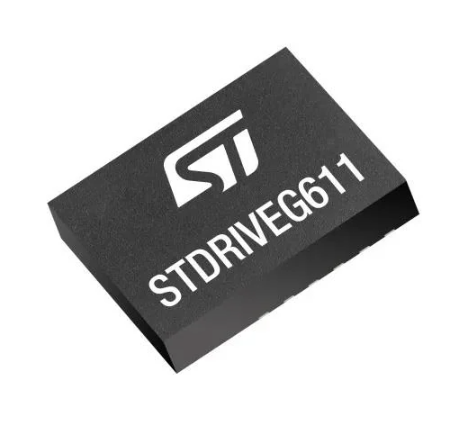Series 18 – Episode 8 – optimising Edge AI with low-power FPGAs
Paige West speaks with Hussein Osman, Marketing Director, Lattice Semiconductor about the company’s role in enabling Edge AI.
Osman, with 20 years of experience in the semiconductor industry, highlights Lattice's unique position in the market, focusing on small and medium-sized FPGAs characterised by low power consumption and high programmability.
Edge AI is experiencing significant growth, with approximately half a billion Edge devices shipped in 2024. Lattice's primary strategy is to sit between sensors and compute systems, transforming sensors into ‘smart sensors’ with enhanced capabilities. Its FPGAs offer flexible I/O interfaces that can connect to various sensors like image sensors, LiDAR, and radar, enabling additional processing directly on the device.
A key advantage of Lattice's FPGAs is their ability to navigate complex trade-offs in Edge AI applications. The devices can dynamically switch between different power modes, allowing system designers to optimise performance, latency, and power consumption. This flexibility is particularly valuable in applications requiring rapid, context-sensitive processing.
In smart manufacturing, Lattice's FPGAs demonstrate sub-10 millisecond inference capabilities, enabling real-time defect detection and operator safety monitoring. The deterministic nature of FPGA processing ensures consistent performance critical in industrial environments.
Automotive and defence applications benefit significantly from Lattice's technology. In vehicles, their FPGAs can aggregate sensor data, pre-process information, and offload complex computations from central computing systems. For defence applications, the low-power, efficient compute capabilities are crucial for battery-powered devices like helmet cameras and unattended ground sensors.
The company is actively developing scalability solutions, partnering with ecosystem players to help customers implement Edge AI across different markets. Currently, it is focusing on transitioning from Cloud-based vision models to more compact AI models suitable for Edge deployment.
Looking forward, Hussein identifies two promising growth areas: driver monitoring systems in vehicles and smart medical devices. He emphasises the increasing importance of privacy and contained computing, especially with the emergence of Generative AI and always-on devices.
The future of Edge computing, according to Osman, involves creating more private, secure, and intelligent devices that can operate autonomously. Lattice aims to play a pivotal role by providing efficient connectivity and processing capabilities directly at the sensor level.
To hear more from Hussein Osman, you can listen to Electronic Specifier’s interview on Spotify or Apple podcasts.








